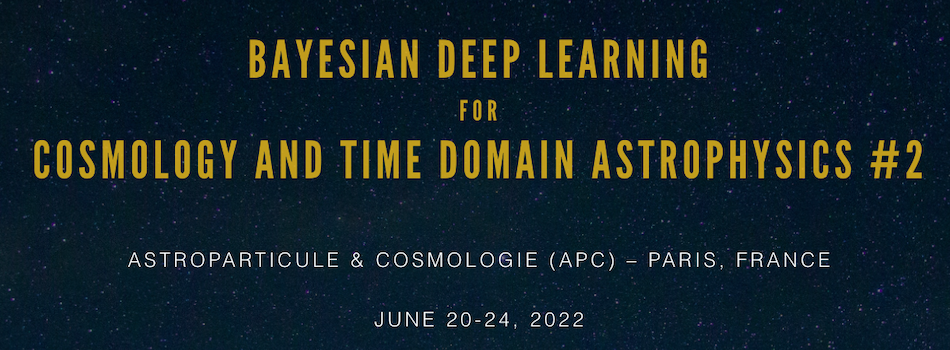Orateurs
Description
Understanding dark matter halo formation is essential for understanding the formation of galaxies to test our cosmological model.
In the last decades, there has been a continued effort to investigate large-scale structure formation using the LSS surveys and large cosmological simulations.
Despite the success of newly developed simulations to predict halo formation, they usually lack the profound insight that we could get from analytical models. On the other hand, the well-developed analytical models have failed to predict the formation of smallest and largest halos accurately. One of the crucial questions that arise in this field is what are the main features in the early universe that are essential to predict the dark matter halo formation?
We discuss an implementation of a deep learning framework to gain insight into dark matter (DM) structure formation directly from N-body relativistic simulation, gevolution.
We investigate the impact of velocity and density field information on the construction of halo mass function (HMF) through cosmological $N$-body simulations.
We train a Convolutional Neural Network (CNN) on the initial snapshot of an only DM simulation to predict the Halo mass that individual particles fall into at $z=0$, in the halo mass range of $10.5< \log(M / M_{\odot})<14$. Our results show a negligible improvement from including the velocity in addition to the density information when considering simulations based on ($\Lambda$CDM) with the amplitude of initial scalar perturbations $A_s = 2\times10^{-9}$.
To investigate the ellipsoidal collapse models to study the effect of velocity in smaller mass ranges, we increase the initial power spectrum such that we see the effect of velocities in larger halos. The CNN model trained on the simulation snapshots with large $A_s$ shows a considerable improvement in the HMF prediction when adding the velocity field information. Eventually, for the simulation with $A_s = 8 \times 10^{-8}$, the model trained with only density information shows at least $80\%$ increase in the mean squared error relative to the model with both velocity and density information, which indicates the failure of the density-only model to predict the HMF in this case.
Our results indicate that the effect of the velocity field on the halo collapse is scale-dependent with a negligible effect for the mass scales $10.5 < \log(M/ M_{\odot}) < 14$. The very same machinery can be used to investigate the effect of other phenomena such as neutrino physics on the formation of dark matter halos.

